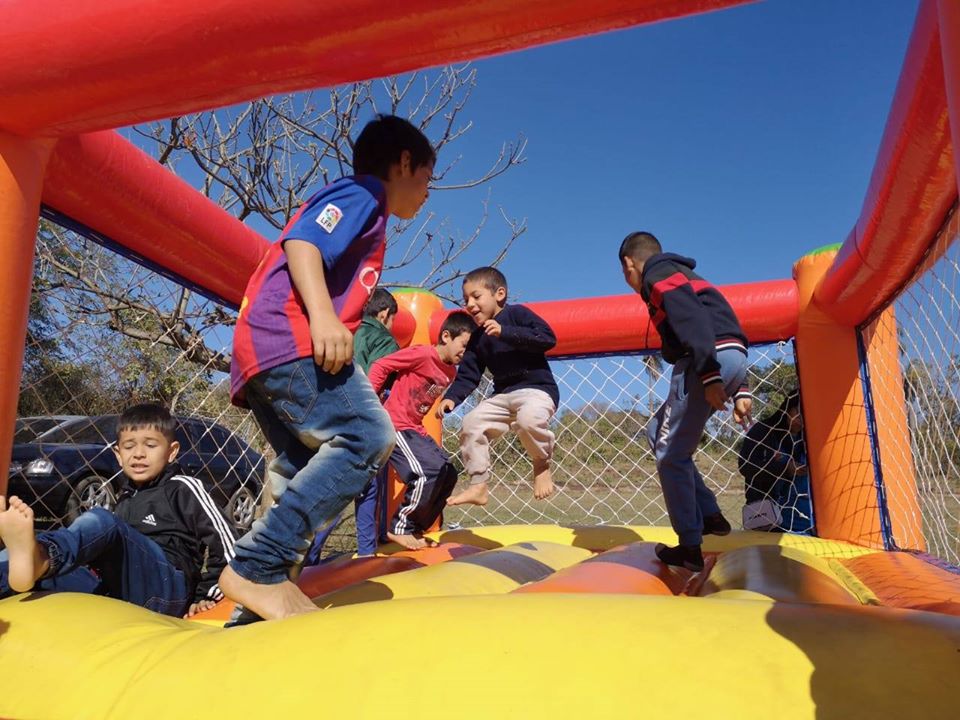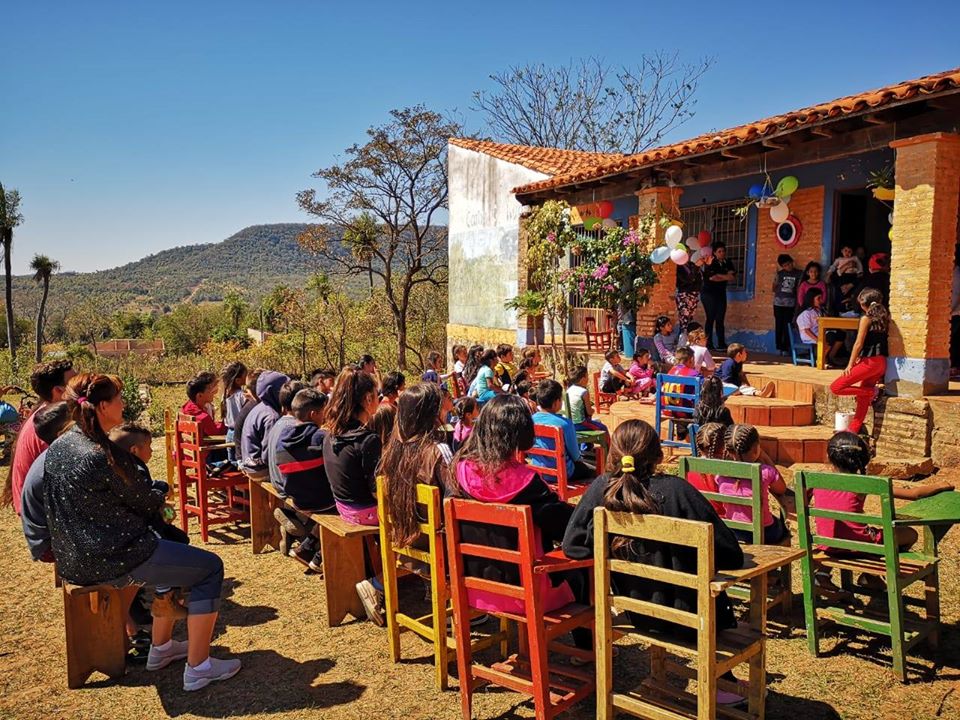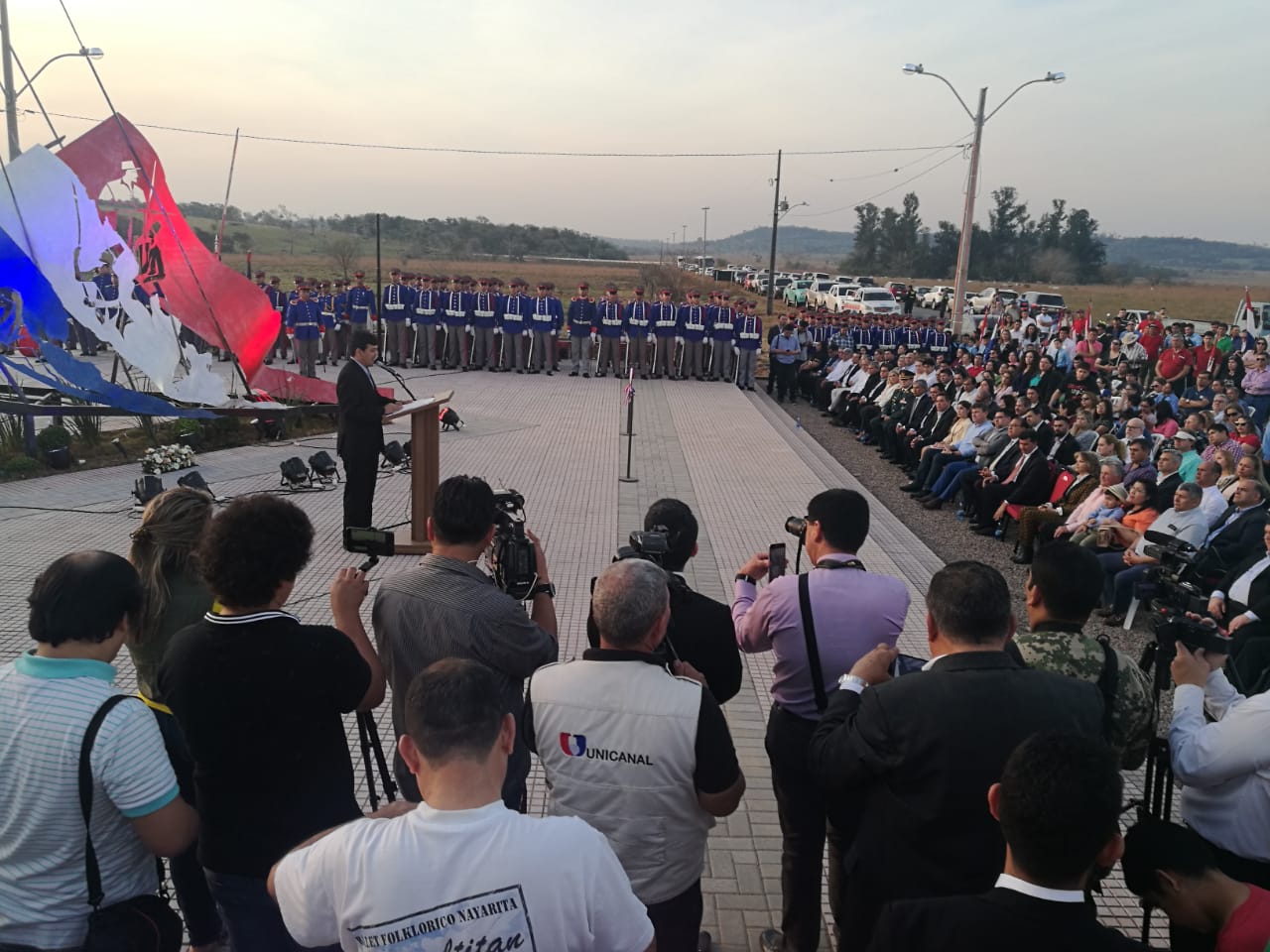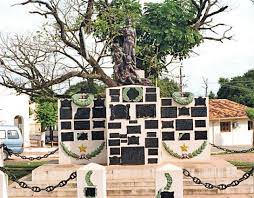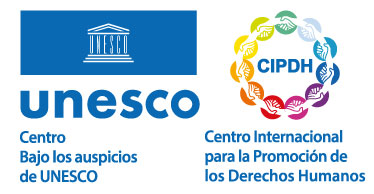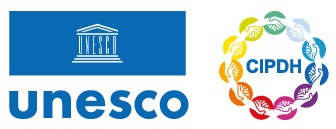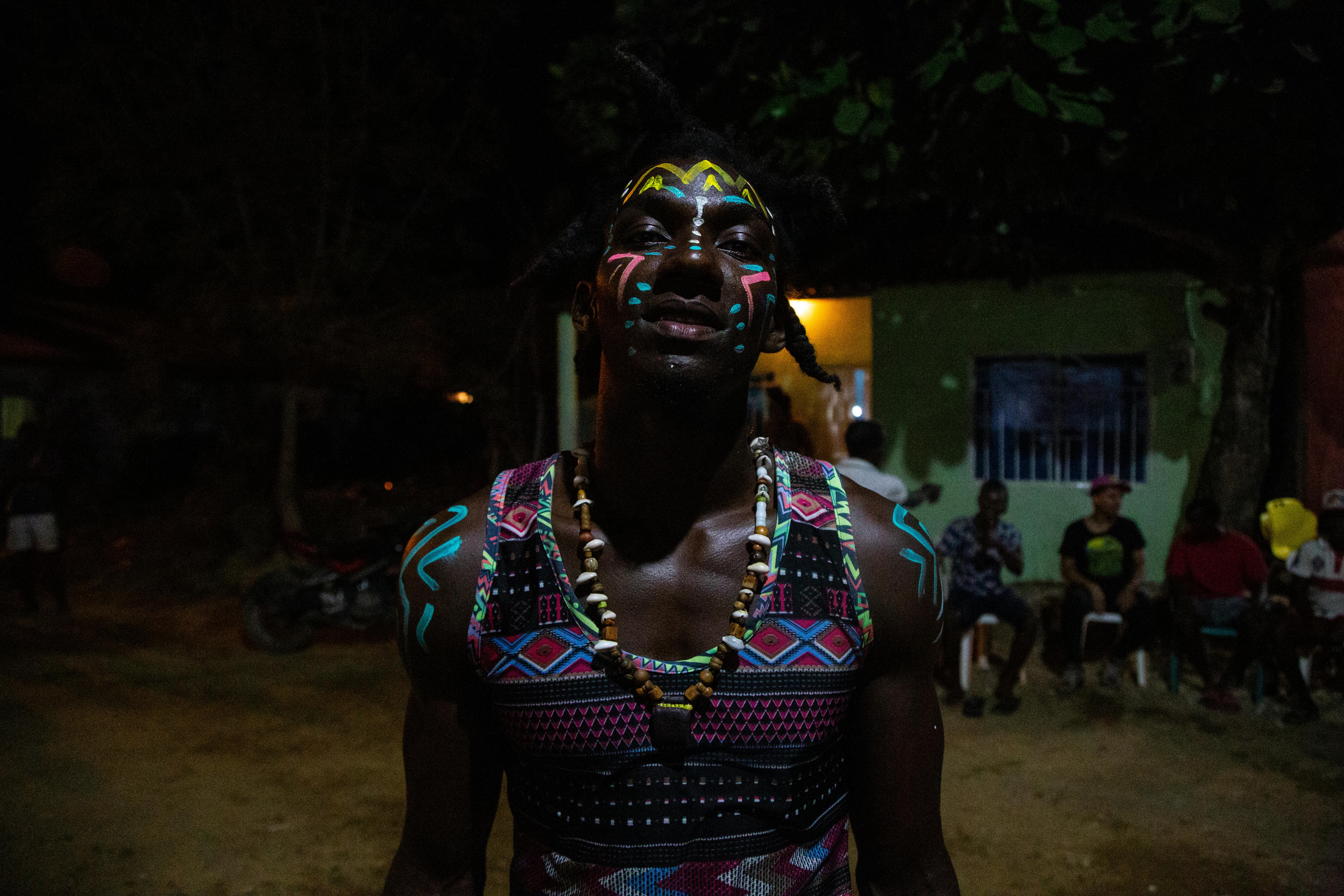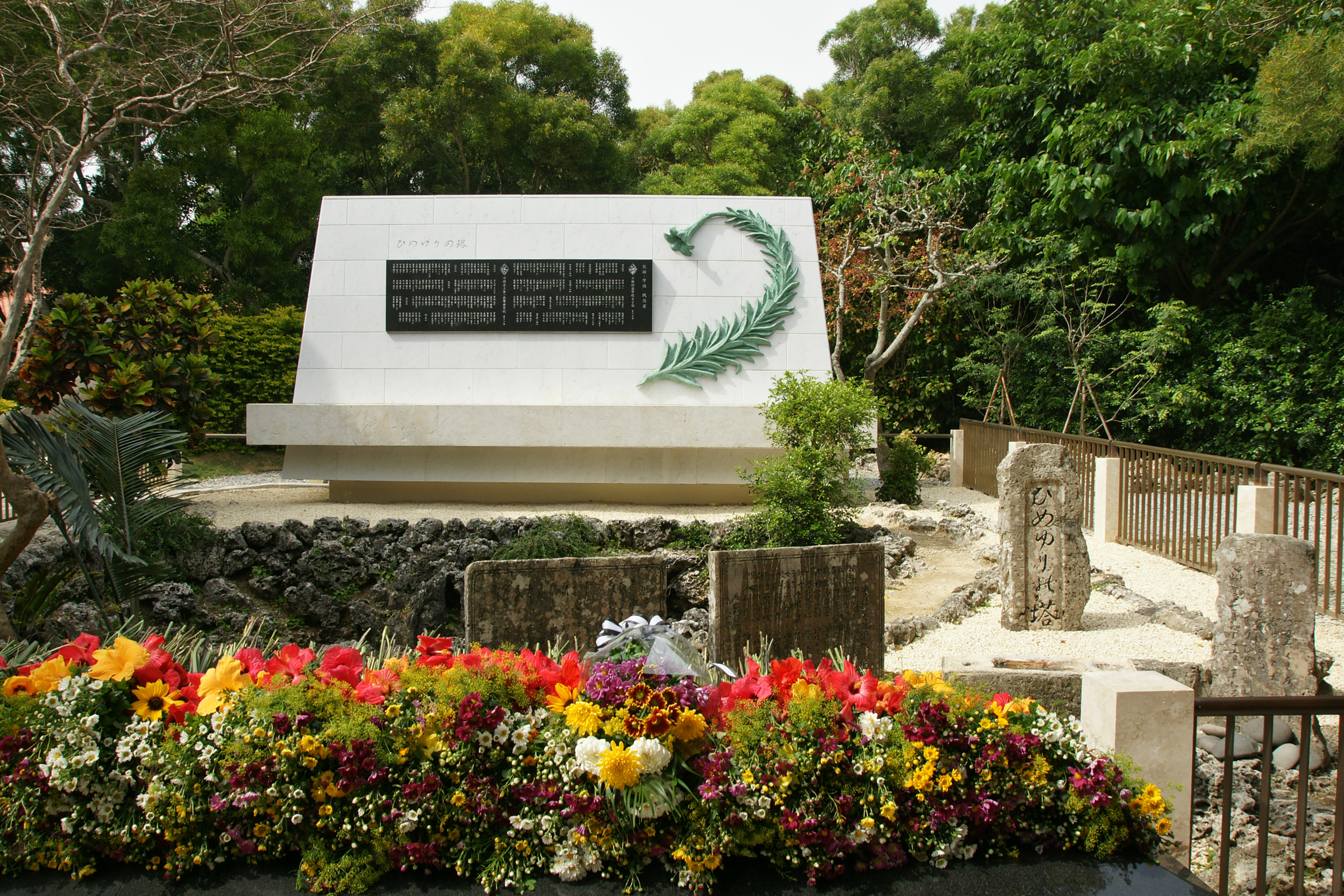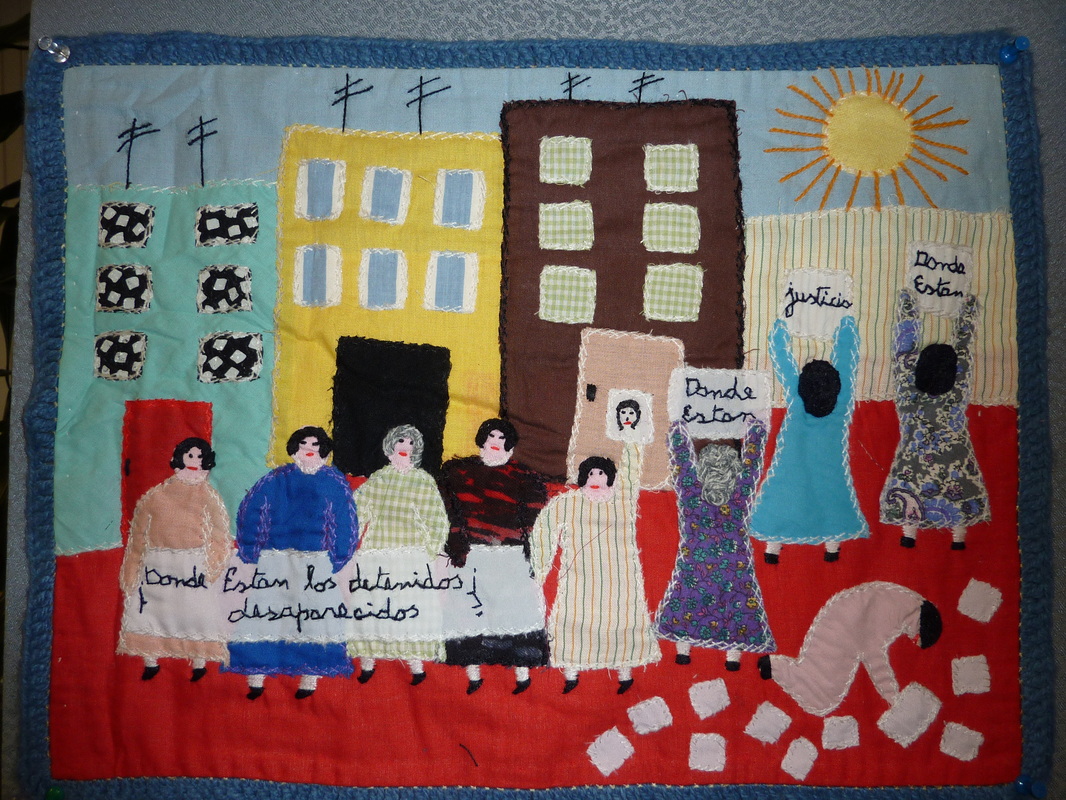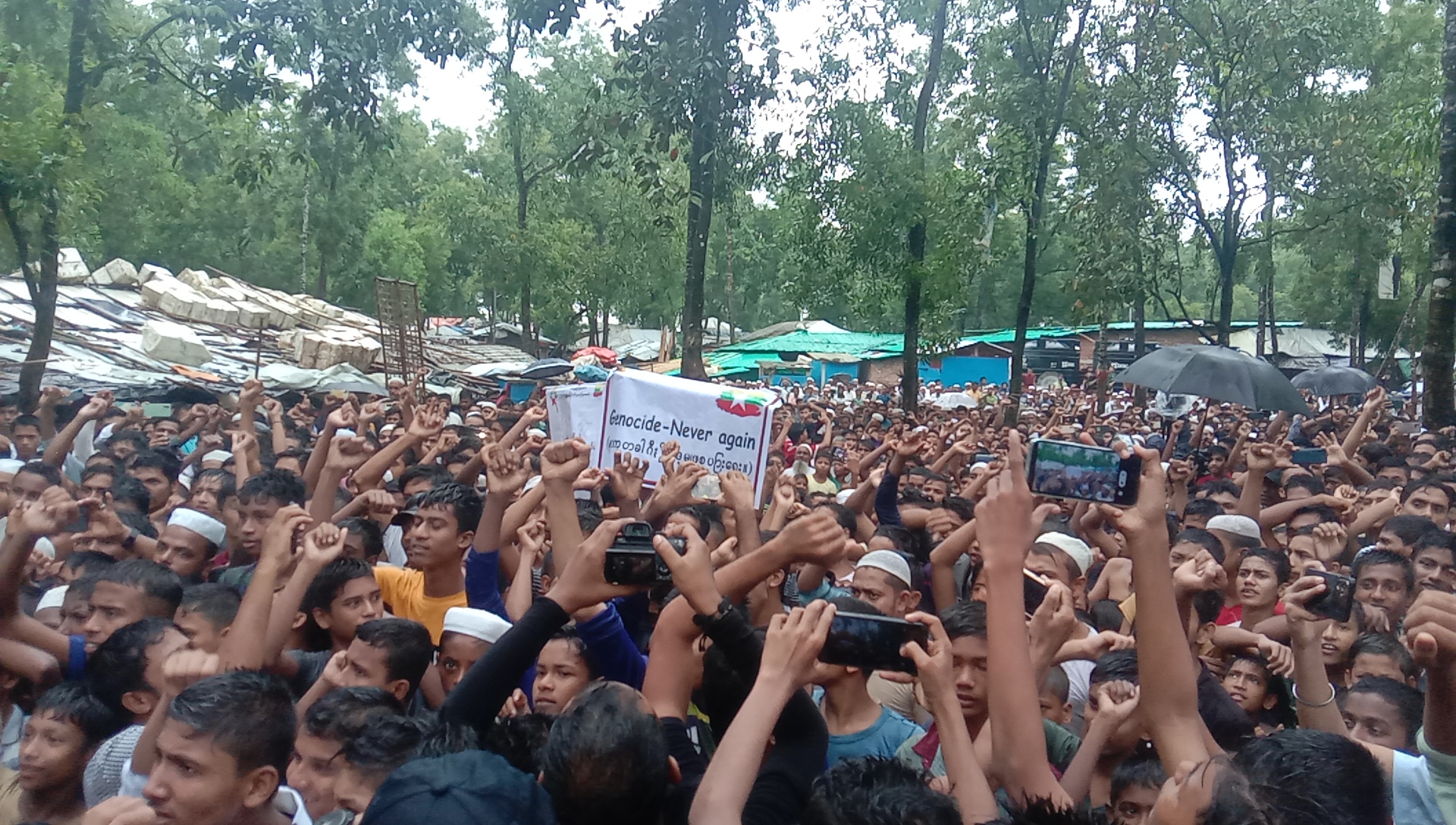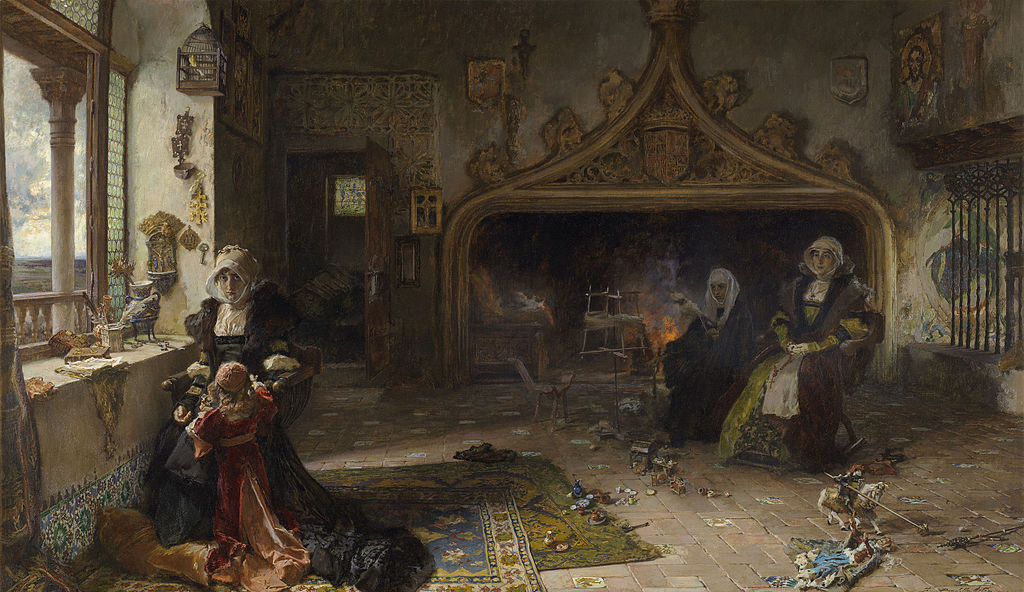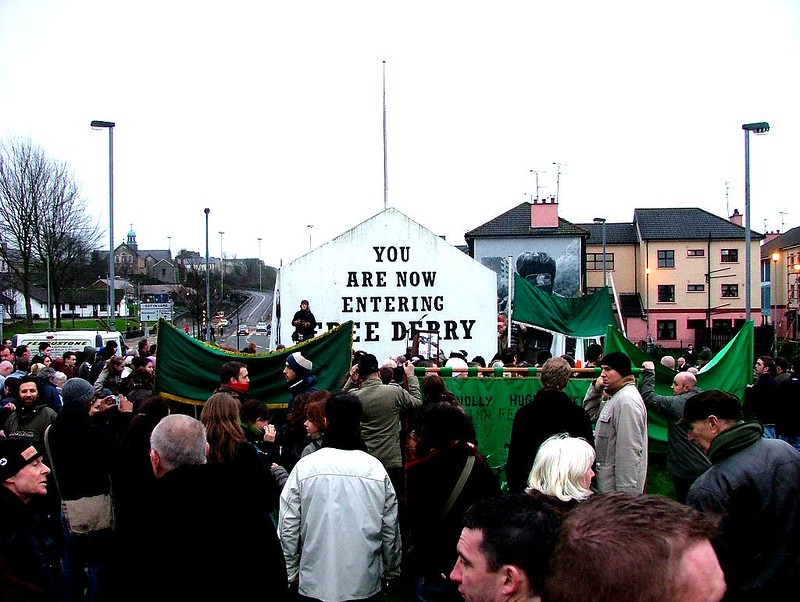Children’s Day
Intangible
Theme: Armed conflict

Address
Country
Paraguay
City
Continent
America
Theme: Armed conflict
Purpose of Memory
To honor the children martyrs of Acosta Ñú.
Institutional Designation
Children’s Day
Date of creation / identification / declaration
1948
Public Access
Free
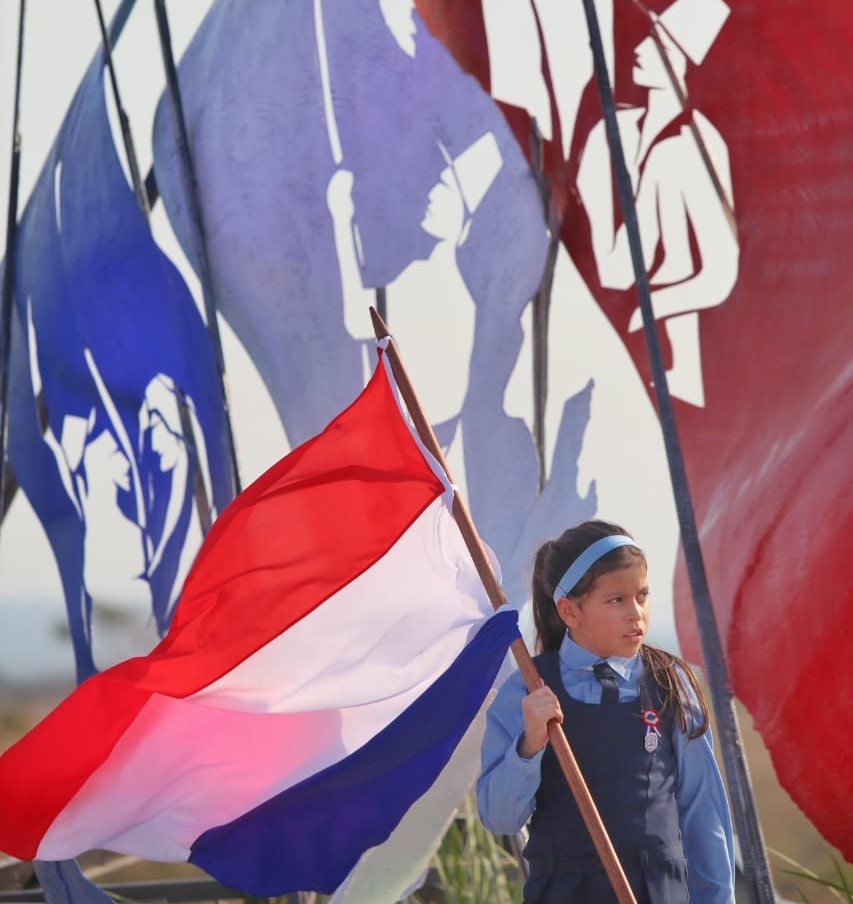
Location description
In the Republic of Paraguay, Children’s Day is celebrated on August 16, in commemoration of the battle of Acosta Ñú, where children fought and hundreds of children were massacred in the framework of the War of the Triple Alliance.
On that day, popular celebrations are carried out aimed at boys and girls, paying homage to the so-called “children martyrs of Acosta Ñú”, honoring their heroism and bravery. There are also other civic, private and religious celebrations held. In some households, relatives who died when they were kids are honored by means of ceremonies in altars or tombs.
The “Battle of Acosta Ñu” (also called “Battle of Ñu Guazú (Big Field)” in Brazil and the “Battle of the Children” in Paraguay) took place on August 16, 1869, during the War of the Triple Alliance (1865-1870), where the alliance between Argentina, Brazil and Uruguay’s military forces fought against the Republic of Paraguay.
In 1869, the war had decimated the population of Paraguay, and given the shortage of men, marshal Francisco Solano López recruited children between ten and fourteen years of age to join the army. And he went with them to the front: in the Battle of Acosta Ñu, together with only 600 professional soldiers, around 3,500 children dressed as adults, war veterans, old people and women faced the troops of Peter II of Brazil of about 20,000 men.
Even if there was a great disparity between the armies, which was not only in number and age, but also in technological terms, the battle lasted eight hours and ended up in the massacre of the Paraguayan troops. When the mothers picked up the bodies of their dead children and still there were others wounded, the Brazilians burned the place. The war concluded on March 1, 1870 with the battle of Cerro Corá, where Francisco Solano López was murdered.
Only in a few cases in American history, a country was so devastated, with such a magnitude of demographic, economic and territorial losses as the Paraguayan nation suffered after the end of this war. The population was reduced not only due to the deaths in the battlefields, but also due to the famine, diseases (mainly cholera and yellow fever) and the great prevalence of rapes and murders of children, women and the elderly.
Both observers and historians with different ideologies agree on the bravery and courage of Paraguayans, adults, women and children. The hero child who died defending his nations is a founding part of the national Paraguayan identity.
The War of the Triple Alliance resulted in a foundation cornerstone in the history of Paraguay, underscoring both its political evolution and the idiosyncrasy of its people. It was a total war, in the sense that it covered all the civil population, including children. This gave rise, with time, to the creation of the image of the child soldier as an exacerbated symbol of patriotism and heroism.
In 1948, an internal coup ousted the then president and imposed Juan Manuel Frutos as provisional president, inaugurating a period of strong political instability. President Frutos only finished the brief remaining term and carried out few acts of government, among which there was the issuance of Executive Order 27484 of July 19, 1948, which establishes August 16 of each year as “Children’s Day” in Paraguay to honor the children martyrs of the battle of Acosta Ñú. The executive order pointed out the “commemoration […] shall have the nature of a nationalist act, which will moderate the civility of our compatriots” and that “children need to be educated in the cult of the most untarnished patriotism.”
From that time, every August 16, the Republic of Paraguay pays tribute to the boys and girls in celebrations both of private and public nature.
Throughout the years, the commitment to childhood rights was added to the commemoration of the children martyrs of Acosta Ñu and the concept of girl was also incorporated, so in many sectors the event is called the “Boys and Girl’s Day”. The new sense does not displace the original one, even if it ceases to have an exclusive commemoration.
In 1956, in Eusebio Ayala, the National Monument of Children Martyrs of Acosta Ñu was opened. In 2019, for the 150th anniversary of the Battle of Acosta Ñu, the State opened a monument to honor the children martyrs, considered “homeland heroes” in the place where it occurred.

